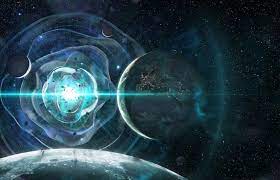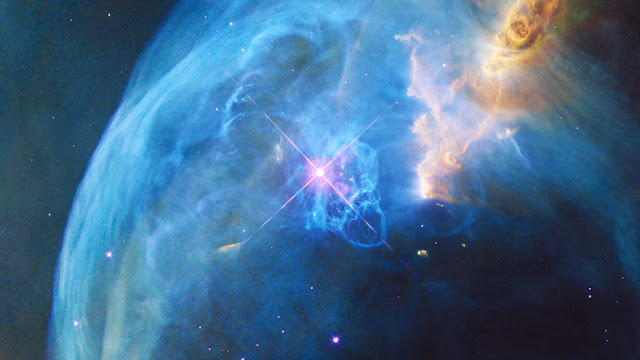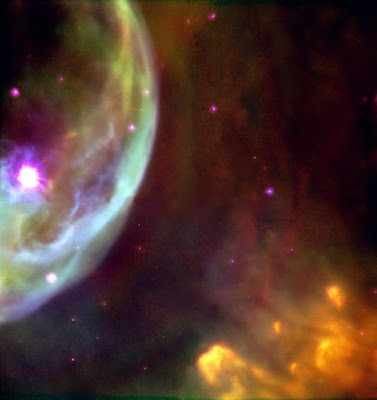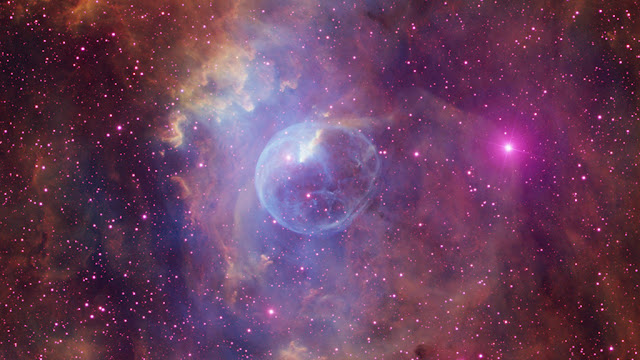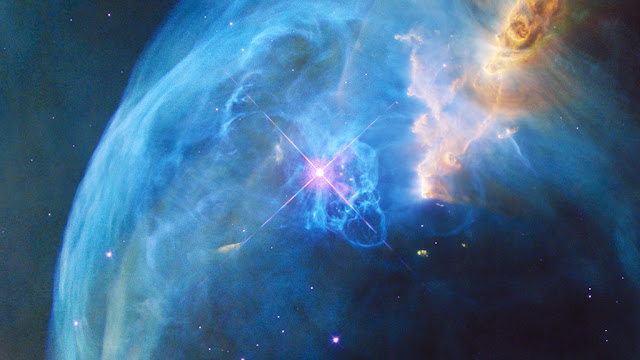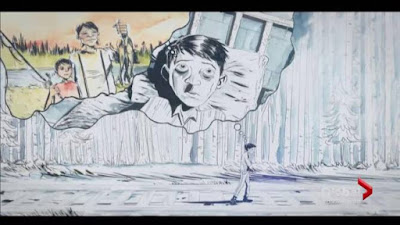Watch full documentary "4.1 Miles" by Daphne Matziaraki (2016 21 minutes)
A coast guard captain on a small Greek island is suddenly charged with saving thousands of refugees from drowning at sea. Daphne Matziaraki is a Greek documentary filmmaker who lives and works in the San Francisco Bay Area. Her student documentary has won multiple international awards.
Watch the Trailer
The story of her documentary by Daphne Matziaraki
(as published in the New York Times Op-Docs forum for short documentaries
"When I returned home to Greece last fall to make a film about the refugee crisis, I discovered a situation I had never imagined possible. The turquoise sea that surrounds the beautiful Greek island of Lesbos, just 4.1 miles from the Turkish coast, is these days a deadly gantlet, choked with terrified adults and small children on flimsy, dangerous boats. I had never seen people escaping war before, and neither had the island’s residents. I couldn’t believe there was no support for these families to safely escape whatever conflict had caused them to flee. The scene was haunting.
Regardless of the hardship Greeks have endured from the financial crisis, for a long time my home country has by and large been a peaceful, safe and easy place to live. But now Greece is facing a new crisis, one that threatens to undo years of stability, as we struggle to absorb the thousands of desperate migrants who pour across our borders every day. A peak of nearly 5,000 entered Greece each day last year, mainly fleeing conflicts in the Middle East.
The Greek Coast Guard, especially when I was there, has been completely unprepared to deal with the constant flow of rescues necessary to save refugees from drowning as they attempt to cross to Europe from Turkey. When I was there filming, Lesbos had about 40 local coast guard officers, who before the refugee crisis generally spent their time conducting routine border patrols. Most didn’t have CPR training. Their vessels didn’t have thermal cameras or any equipment necessary for tremendous emergencies.

Suddenly, the crew was charged with keeping the small bit of water they patrolled from becoming a mass grave. Each day, thousands of refugees crossed the water on tiny, dangerous inflatable rafts. Most of the passengers, sometimes including whoever was operating the boat, had never seen the sea. Often a motor would stall and passengers would be stranded for hours, floating tenuously on a cold, volatile sea. Or the bottom of a dinghy would simply tear away and all the passengers would be cast into the water. The coast guard felt completely abandoned, they told me, as if the world had left them to handle a huge humanitarian crisis — or allow thousands to drown offshore.
I followed a coast guard captain for three weeks as he pulled family after family, child after child, from the ocean and saved their lives. All the ones in this film were shot on a single day, October 28, 2015. Two additional rescues happened that same day but were not included.
The problem is far from over. Many of the refugees come from Syria, where Russia is intensifying bombings that are killing thousands of civilians and devastating Syrian cities. The United States is planning to respond. According to the Greek Coast Guard, thousands of families with children are lining up along Turkish shores to make the unsafe crossing to Greece.
In making this film, I was struck by the fine lines that separate us, the moments when our paths cross fleetingly, and we look at one another for the first time and sometimes for the last. This film shows that crucial moment between life and death, where regardless of political beliefs, fears or preparation, some people will go beyond themselves to save a stranger.
And it raises questions about our collective responsibility — the choices we all make for ourselves, and for others. We don’t all confront the refugee crisis with the same immediacy as the coast guard captain portrayed here. But as our world becomes more interconnected, and more violent, we do all face a choice — would we act as he does, to save the life of stranger? Or would we turn away?"
by Daphne Matziaraki
(as published in the New York Times Op-Docs forum for short documentaries
Awards
(website list is not up to date does not include the 2017 Student Oscar and the 2017 BAFTA Student Award for Best Documentary)
